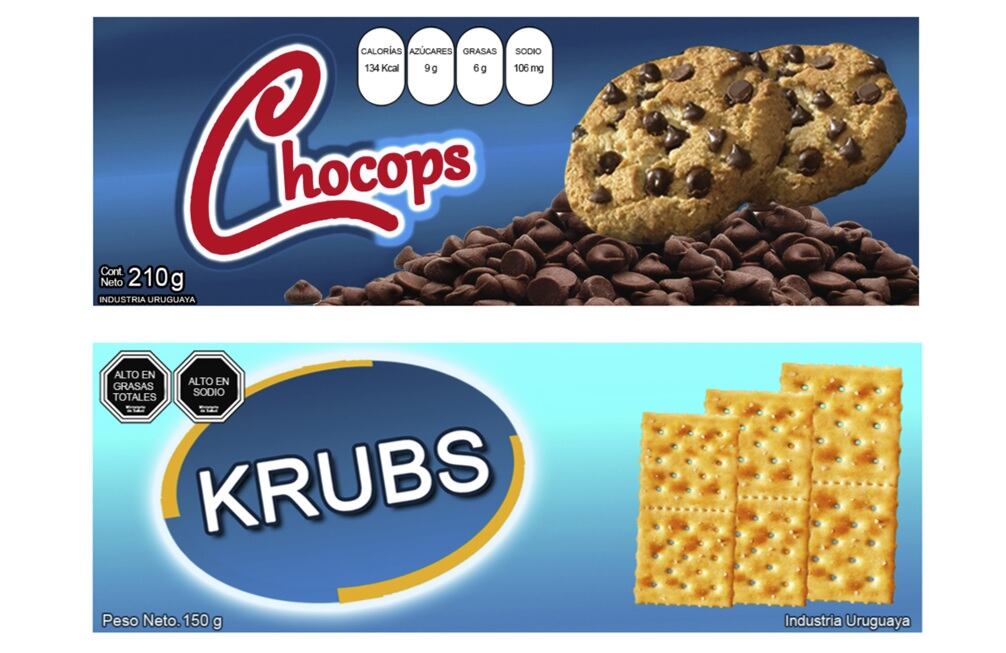Data published in Food Research International indicated that, while warnings on products such as cookies and crackers did not stop the consumer’s purchase, they did prove to help consumers make a healthier choice within the same category.
“Results from the present work showed that nutritional warnings were efficient in capturing consumers' attention, as the great majority of the participants attended to this FOP nutrition labelling scheme for making their choices,” wrote scientists from the Universidad de la República in Uruguay.
“This is a positive result given that participants were not familiar with nutritional warnings at the time of the experiment.”
Labeling in Latin America
Nutritional labeling is a hot topic across Latin America with some countries like Chile introducing black warning signs, and other countries like Ecuador pursing a traffic light system.
The new study explored how consumers responded to cookie and cracker products with front of pack systems that consisted either of a non-directive scheme conveying quantitative information about nutrient content (the “facts up front” system) or a warning system based on Chilean regulations (a black octagon for each nutrient with the text “High in…”).
One hundred and twenty four consumers fitted with eye trackers participated in the study, and they were asked to select the preferred label if they were in a supermarket.
The results showed that the warning system attracted attention more than the facts up front panel.
“In the present work, nutritional warnings required fewer fixations to process than the facts up front system, which suggests that it was easier for participants to extract information from the former for making their choices,” wrote the researchers. “The difference between nutritional warnings and the facts up front panel can be related to the higher information density of the latter scheme and the use of signs and an interpretative text (High in) in the warnings.
“In this sense, simple graphical interpretative aids, such as signs and colors, have been reported to be more efficient in influencing risk perception and behavioral intention than textual or numerical information.”
Despite these results, the researchers noted that the labeling schemes “cannot be expected to cause radical changes in consumers' eating habits due to their competition with other product features.
“Instead, they are expected to encourage consumers to select the most healthful option within a product category.”
Source: Food Research International
May 2019, Volume 119, Pages 605-611, doi: 10.1016/j.foodres.2018.10.038
“Influence of nutritional warnings and other label features on consumers' choice: Results from an eye-tracking study”
Authors: G. Tórtora et al





